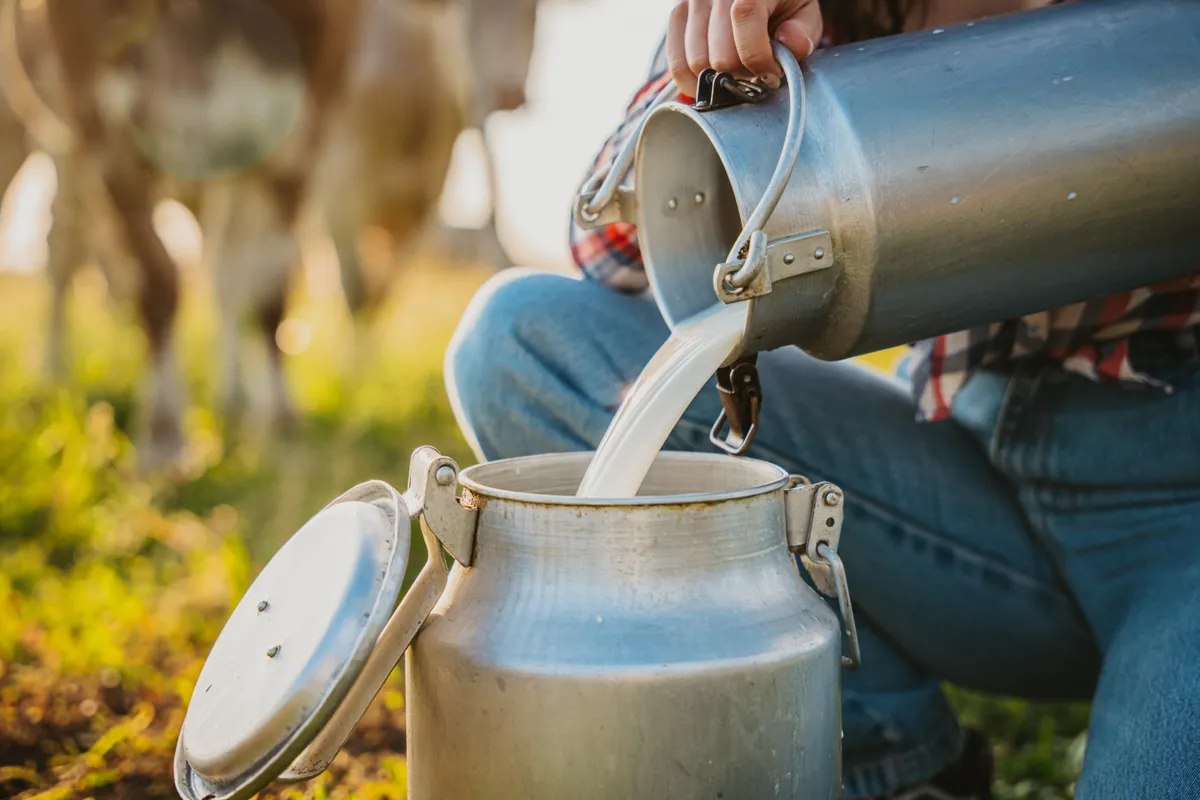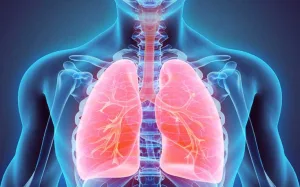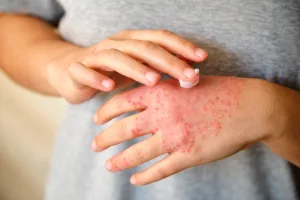Raw Milk: A High-Risk Choice for Consumers
Raw milk, or unpasteurized milk, has gained popularity among certain health-conscious consumers who believe it offers superior nutritional benefits. However, scientific evidence overwhelmingly suggests that raw milk poses significant health risks due to the potential presence of harmful bacteria. Pathogens such as Salmonella, E. coli, Listeria, and Campylobacter thrive in unpasteurized dairy products, increasing the likelihood of severe foodborne illnesses.
Consumption of raw milk has been linked to outbreaks of gastrointestinal infections, leading to symptoms such as diarrhea, vomiting, and abdominal cramps. In more severe cases, these infections can cause complications like kidney failure or neurological disorders, particularly in vulnerable populations such as children, pregnant women, and individuals with weakened immune systems.
Why Raw Milk Cheese Can Be Safe
While raw milk itself presents a significant health hazard, certain cheeses made from raw milk are considered safe when they undergo proper aging. In many countries, food safety regulations mandate that raw milk cheeses must be aged for a minimum of 60 days. This aging process helps reduce the risk of bacterial contamination by allowing acidity and moisture levels to stabilize, creating an environment where harmful pathogens cannot survive.
Hard and semi-hard cheeses, such as Parmigiano-Reggiano, Gruyère, and some types of cheddar, are typically safer choices when made from raw milk. The fermentation process, combined with salt content and controlled aging conditions, further reduces the likelihood of bacterial contamination. However, soft cheeses made from raw milk, such as fresh brie or camembert, pose a higher risk as they lack the necessary aging process to eliminate dangerous microbes.
The Importance of Pasteurization in Dairy Safety
Pasteurization, the process of heating milk to kill harmful bacteria, remains the most effective method to ensure dairy safety. This process does not significantly alter the nutritional content of milk but provides an essential safeguard against life-threatening foodborne illnesses. Health organizations worldwide advocate for pasteurized dairy consumption, emphasizing that the risks associated with raw milk far outweigh any perceived benefits.
For those who prefer raw milk cheese, it is crucial to verify that the product has undergone adequate aging to ensure safety. Consumers should always check labels, follow food safety guidelines, and be aware of the potential risks before making dietary choices.
Conclusion
While raw milk presents undeniable health dangers due to the risk of bacterial contamination, properly aged cheeses made from raw milk can be a safer alternative. Understanding the role of pasteurization, aging processes, and food safety regulations can help consumers make informed decisions when selecting dairy products. Prioritizing safety over perceived benefits is key to preventing foodborne illnesses and ensuring public health.




+ There are no comments
Add yours